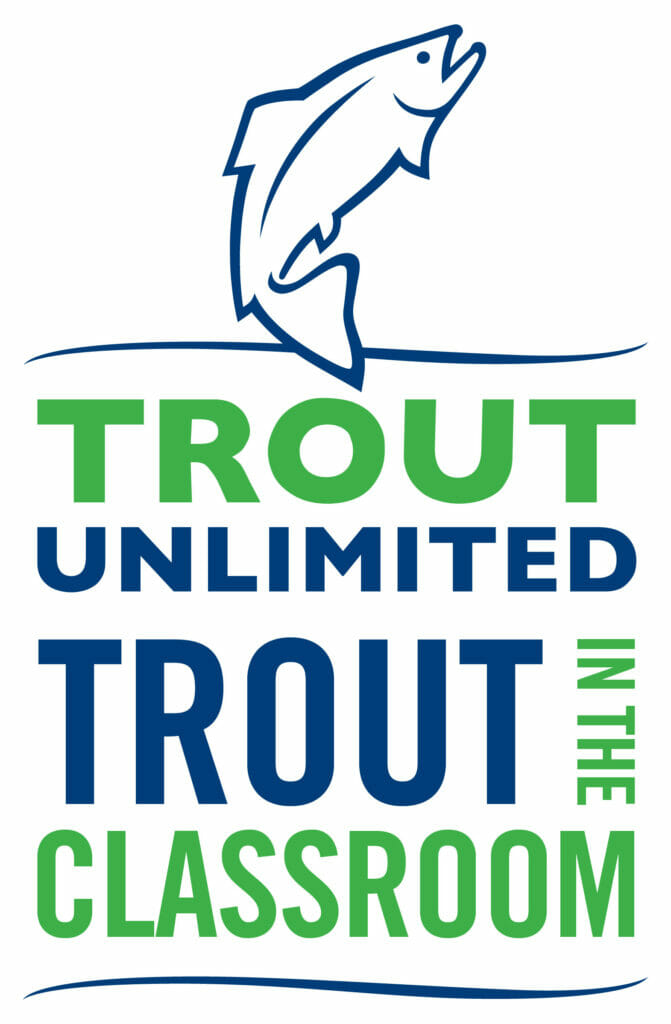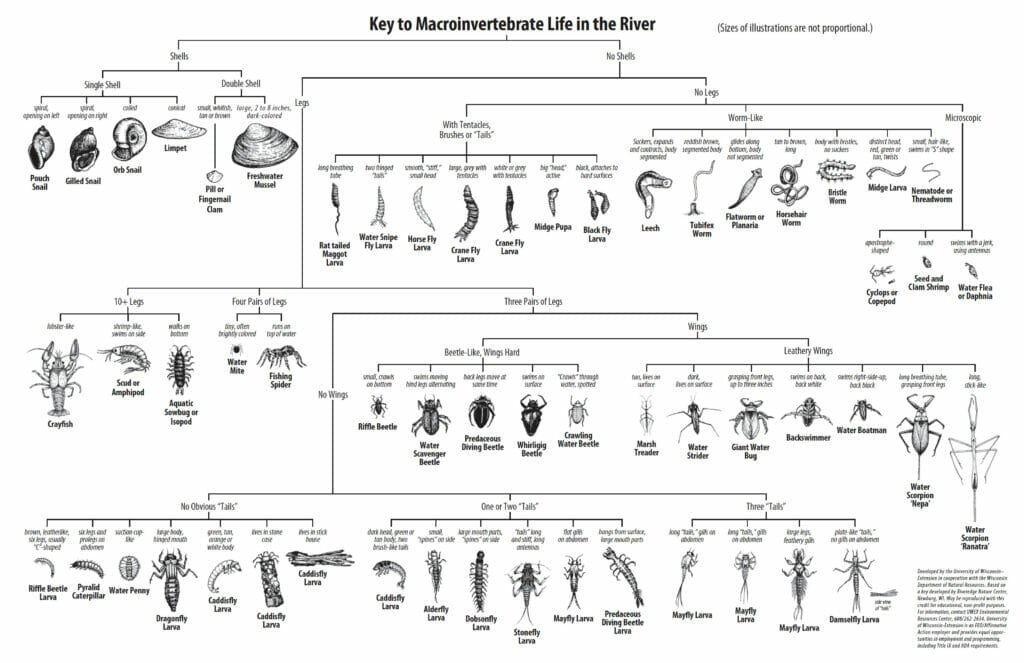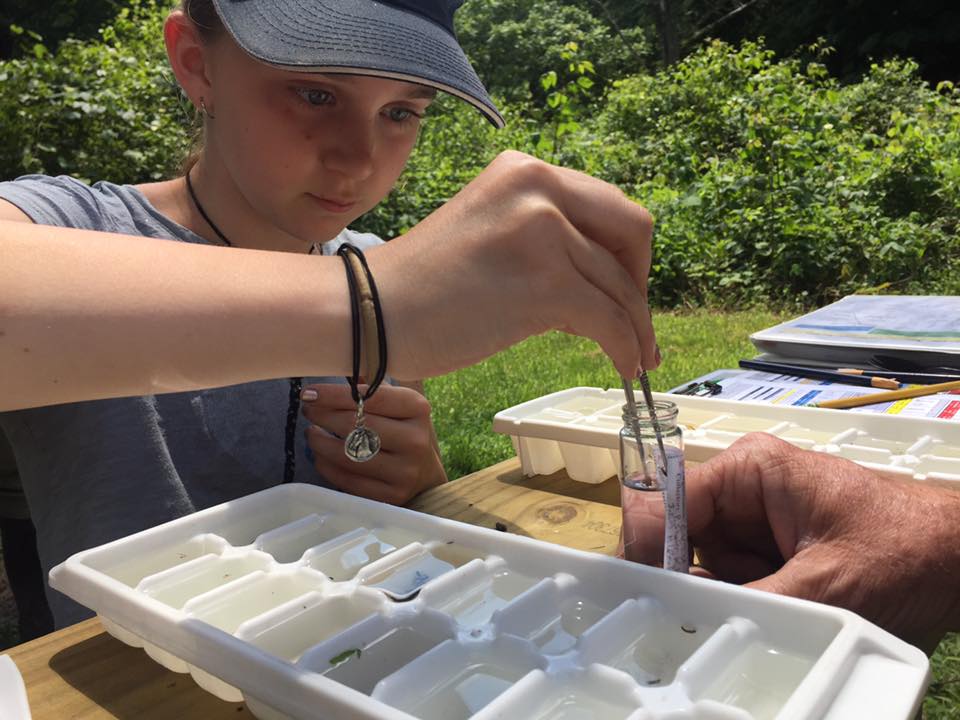
The NYC and Watersheds TIC virtual trout tank fry have lost their yolk and are swimming up to the surface of the tank. These important clues tell us that they are ready for food. Trout in the Classroom fry eat fish food called meal and crumbles. They are made from cuttings from seafood harvested for consumption. Normally, TIC trout love this food— ask any of our veteran TIC teachers… but today? Not so much.
Julie (my 8-year-old mini-me) and I were very surprised when we found that the trout were actually scared of the food. They mostly swam away when Julie tried to sprinkle a tiny pinch of the (stinky) meal. But we are not exactly ready to give up and will try again soon. Although hunting and eating is instinctive in animals, sometimes we find that our fry want to see the feeding behavior in another fish before they decide to try it themselves.
Feeding will come a little slower in the tank since there are no other trout to demonstrate the behavior. We just need that one fry to take the bait!

But what do trout eat in a streams and rivers? We certainly will not be walking around sprinkling trout food. Luckily the streams are full of delicious macroinvertebrates. These spineless aquatic creatures, many of which grow wings and fly as adults, are not only the favorite food of the trout but also play an important role in the riparian ecosystem. We often see trout facing upstream and looking for this type of food floating their way.
Science Journal Question for TIC Students: What do the words aquatic and macroinvertebrate mean? What are some examples of aquatic macroinvertebrates that you can think of? Look at the chart below for clues since some of these names may seem familiar! Do you eat macroinvertebrates?
Dive Even Deeper: What are instincts and how do animals develop them? What do you think triggers the instinctive feeding response in our young fry?



